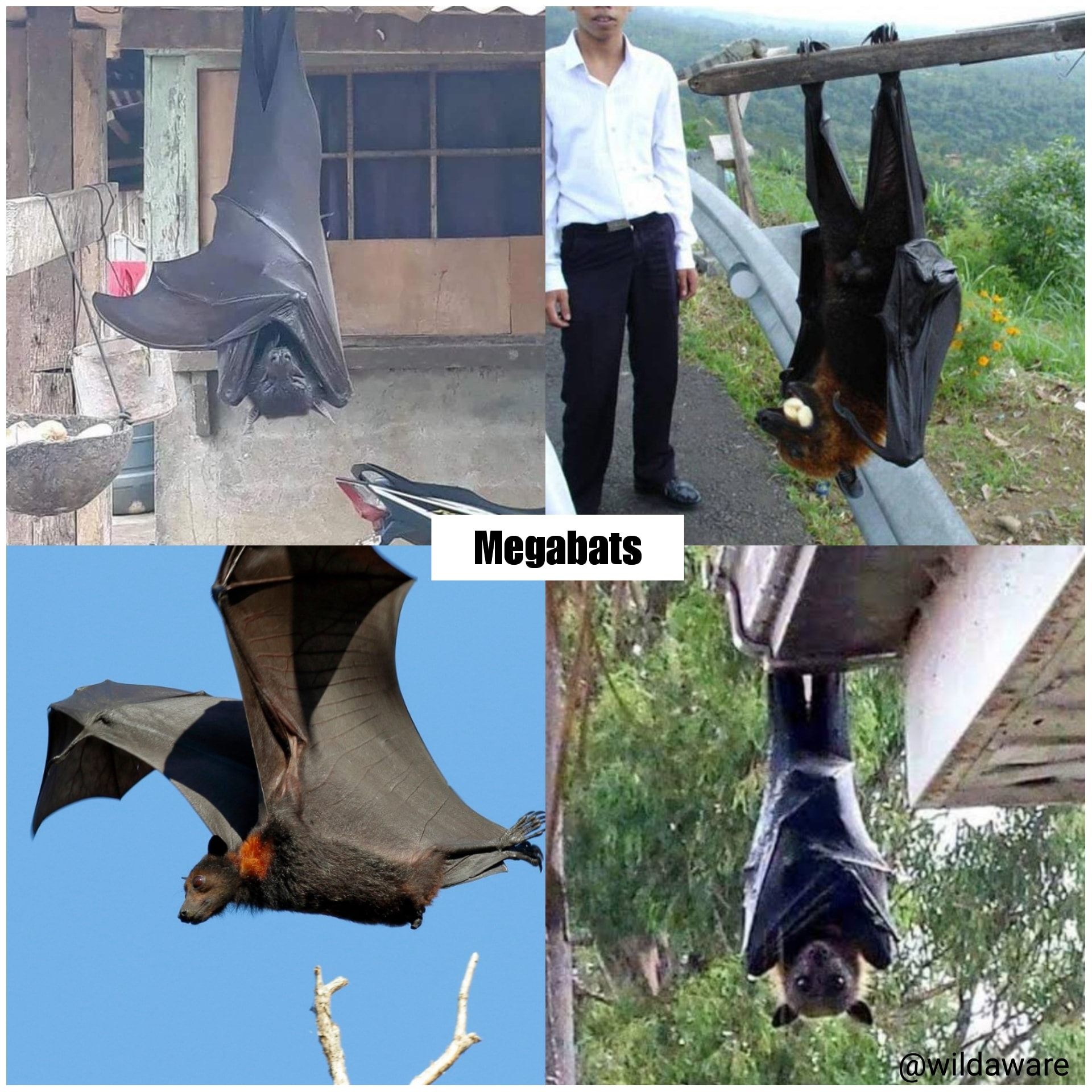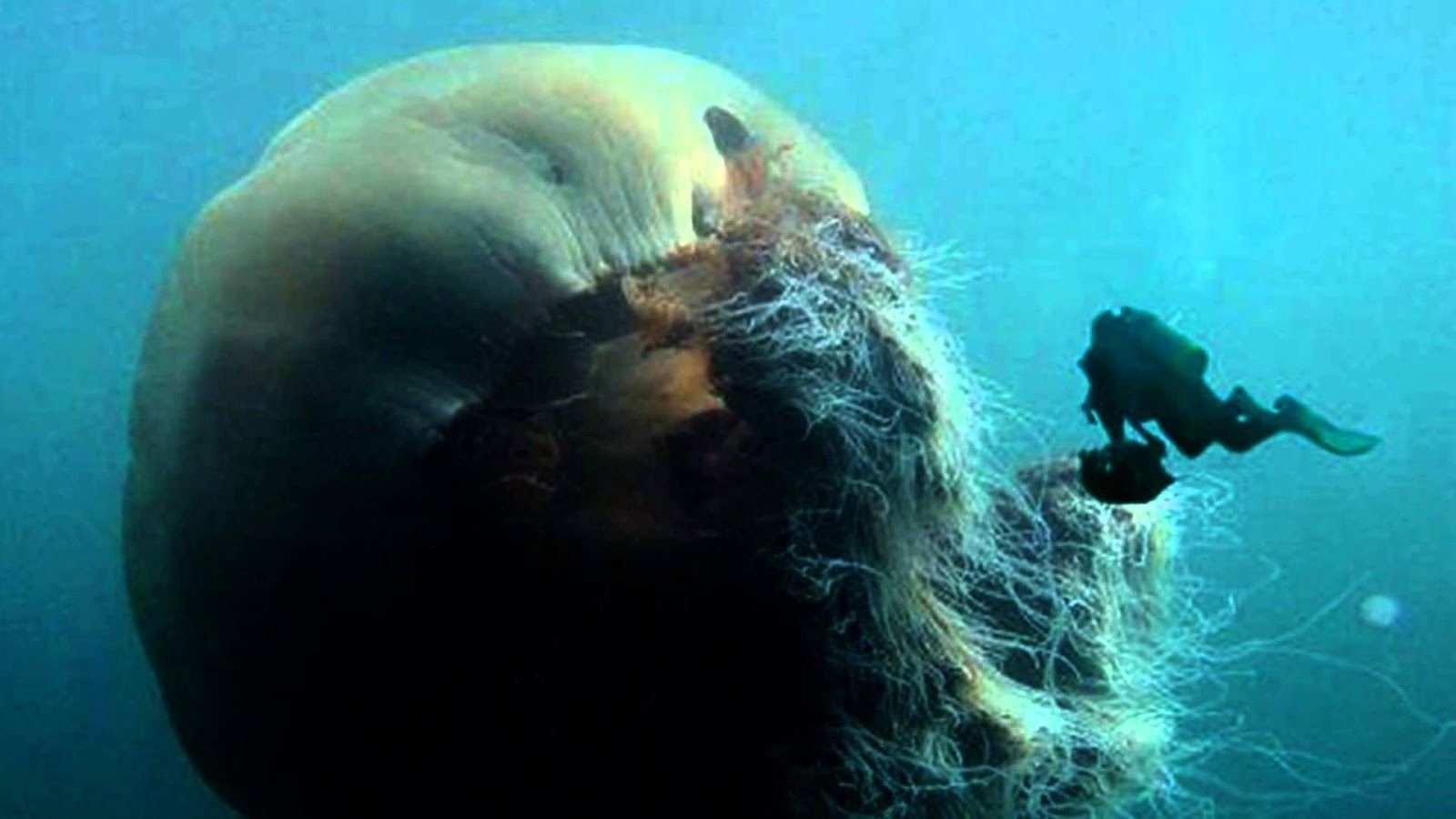
5 giant animals you probably won't believe exist 4
1. Giant African snail
The giant Ghana snail, sometimes also called the giant snail, is a large, voracious mollusk, sometimes reaching more than 30 cm in length.
Native to East Africa, this gastropod is no ordinary slow eater.
Its size is impressive and so is its appetite.
2. Chinese giant salamander
The giant salamander Andrias davidianus is one of the largest and most unique salamanders in the world.
Historically, giant salamanders were always thought to be a single species, but recent research has distinguished them into three separate species from Southern, Central, and Eastern China.

One of the newly named species, Andrias sligoi, or South China giant salamander, is said to be the largest of the three, reaching a length of nearly 2 meters.
Chinese giant salamanders, unlike many other amphibians, have long lifespans, some can even live longer than normal humans.
They can live up to 30 years in the wild and even up to 60 years in captivity.
3. Giant fruit bats
Giant fruit bats often live in groups.

Like all bats, this giant bat lives in trees with sharp claws and sleeps in an upside-down position.
People think these bats are quite scary, but in fact, they are completely harmless.
Giant fruit bats are currently protected by international conventions and are on the list of endangered wild animals.
4. Giant freshwater stingray
Not all stingrays live in the ocean – in fact, the largest ones live in the Mekong River.
The giant freshwater stingray or Mekong river stingray is a species of freshwater stingray in the family Dasyatidae of the order Myliobatiformes distributed in the Indochina peninsula and Borneo island of Indonesia.

At more than 2.2 meters wide, these underwater behemoths are among the largest fish in the world.
5. Nomura jellyfish
When it comes to jellyfish, many people will think that they are adorable little creatures with a crystal-clear appearance.
The diameter of Nomura jellyfish can be longer than the average height of a man.

In the past, this type of creature mainly lived in deep sea areas, but due to the destruction of the marine ecological environment and global warming in recent years, their behavior has changed.
The point worth mentioning is that the Nomura jellyfish is not only large in size but also highly toxic.
From 2005 until now, they have been a disaster for the fishing industry in Japanese marine areas.






